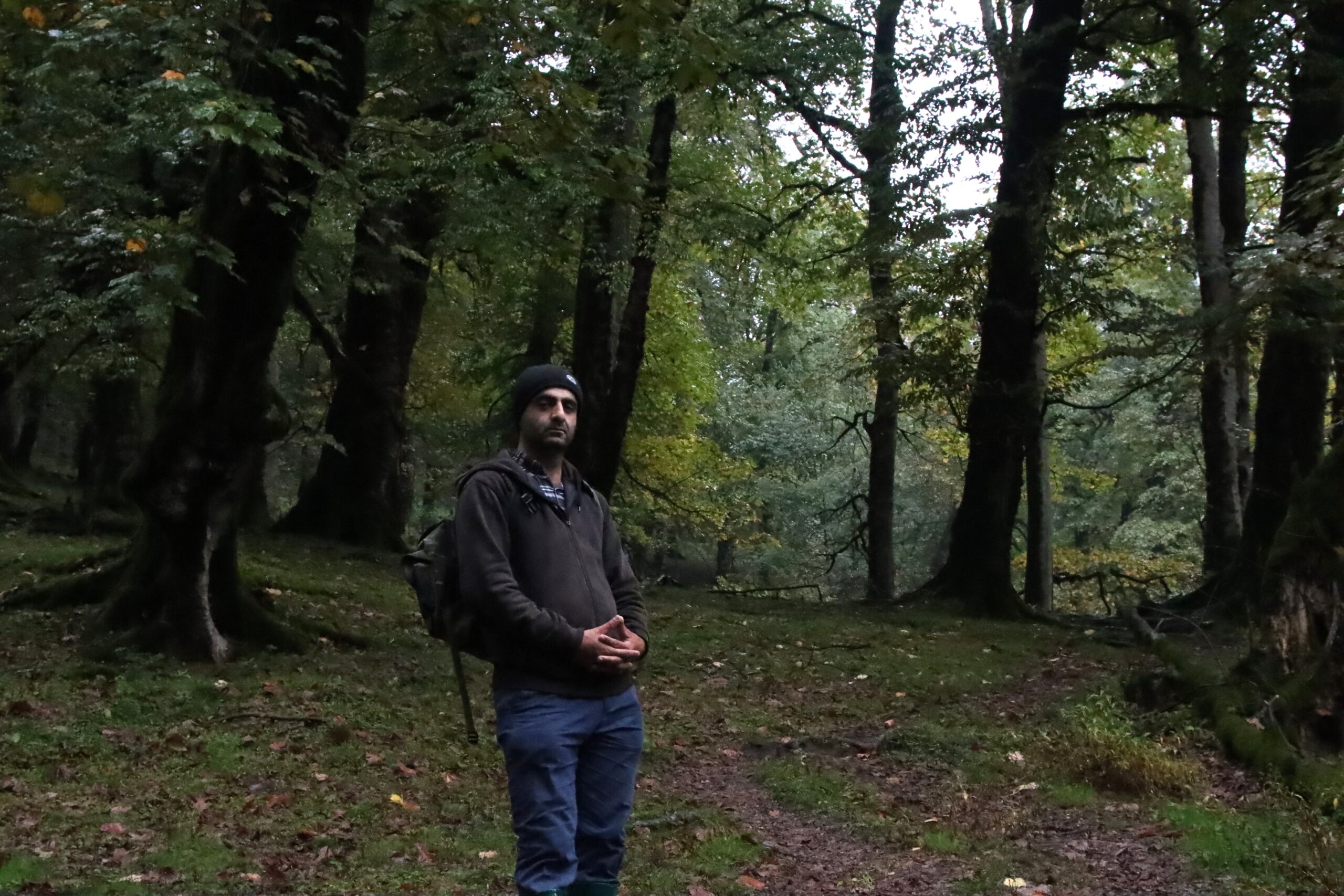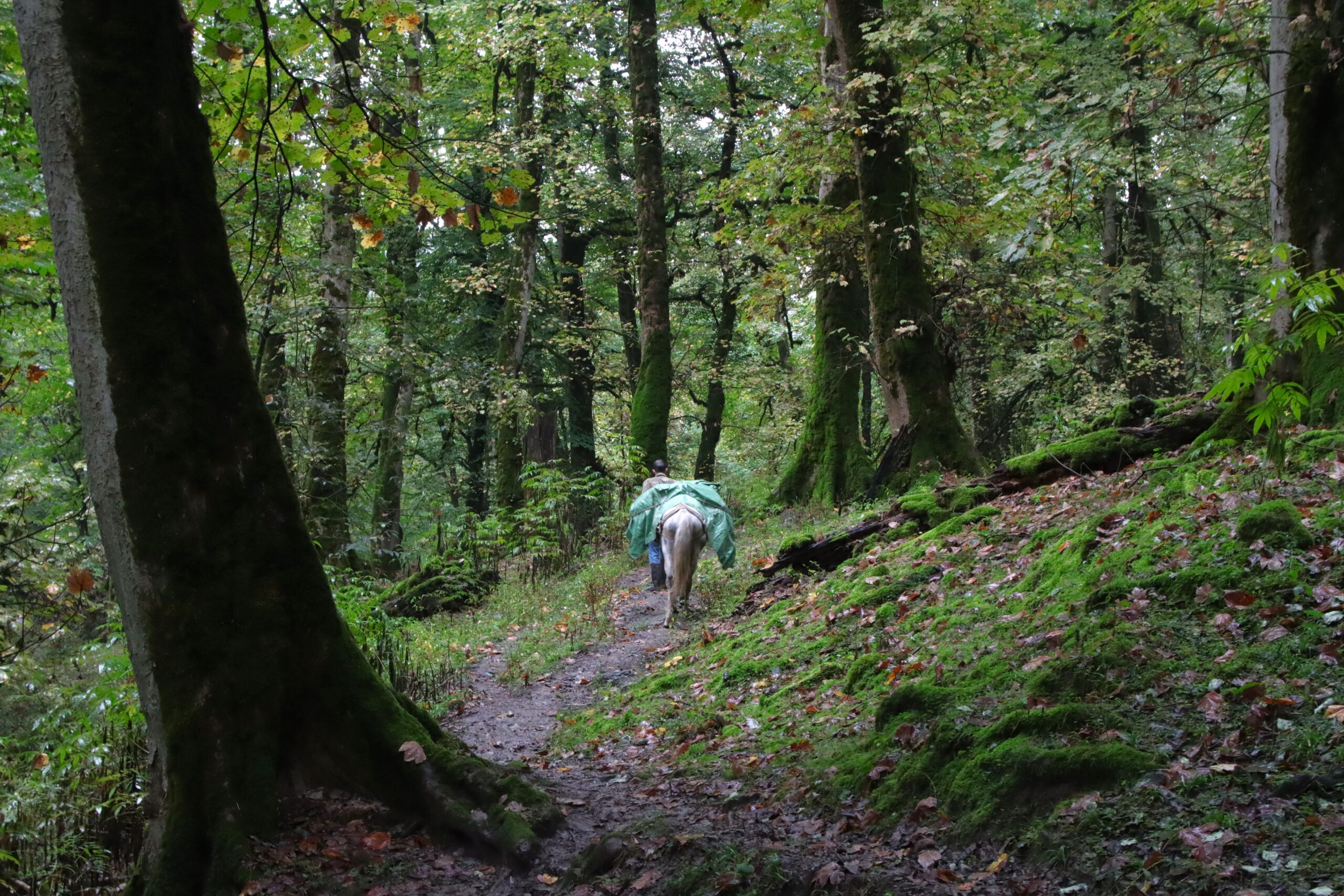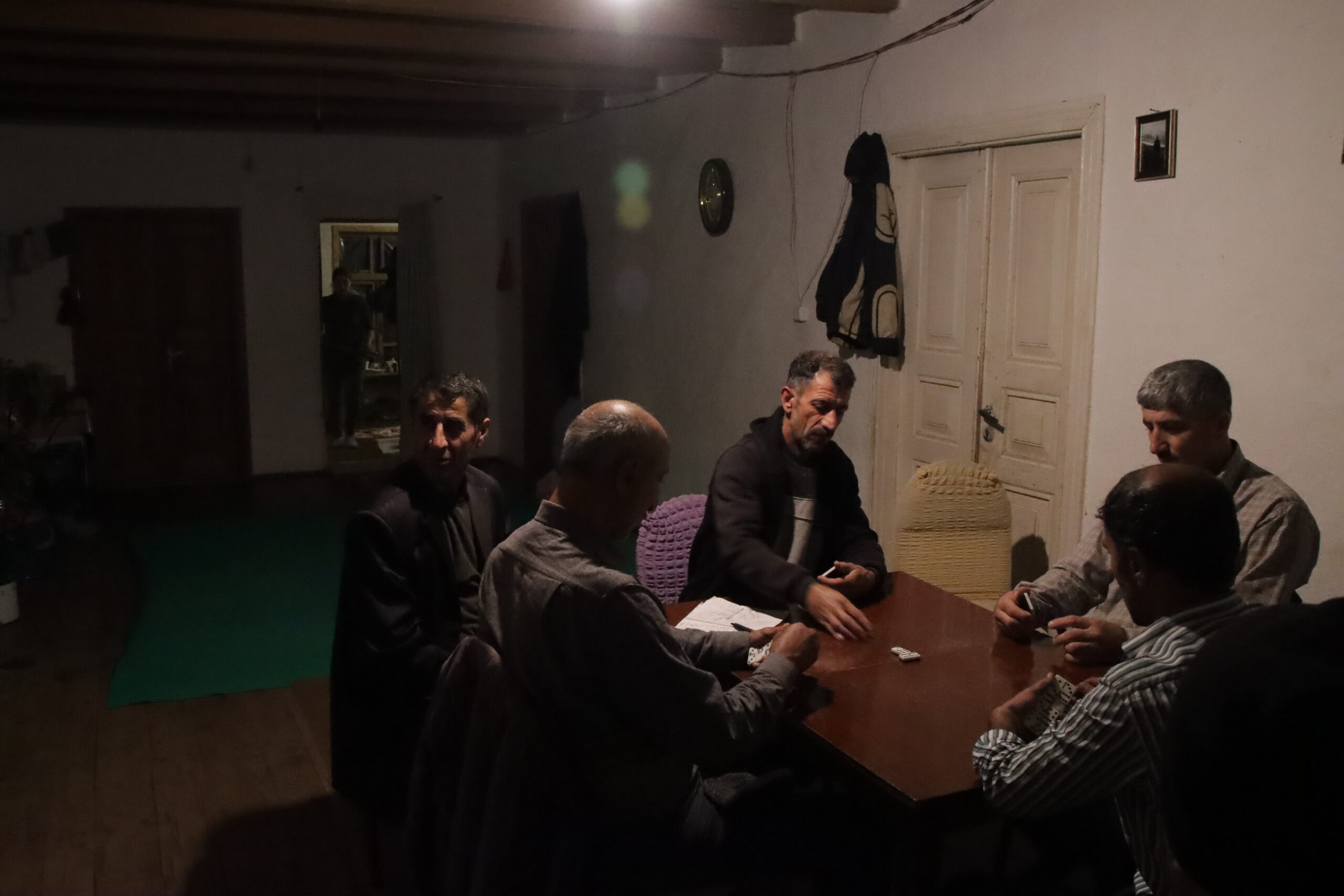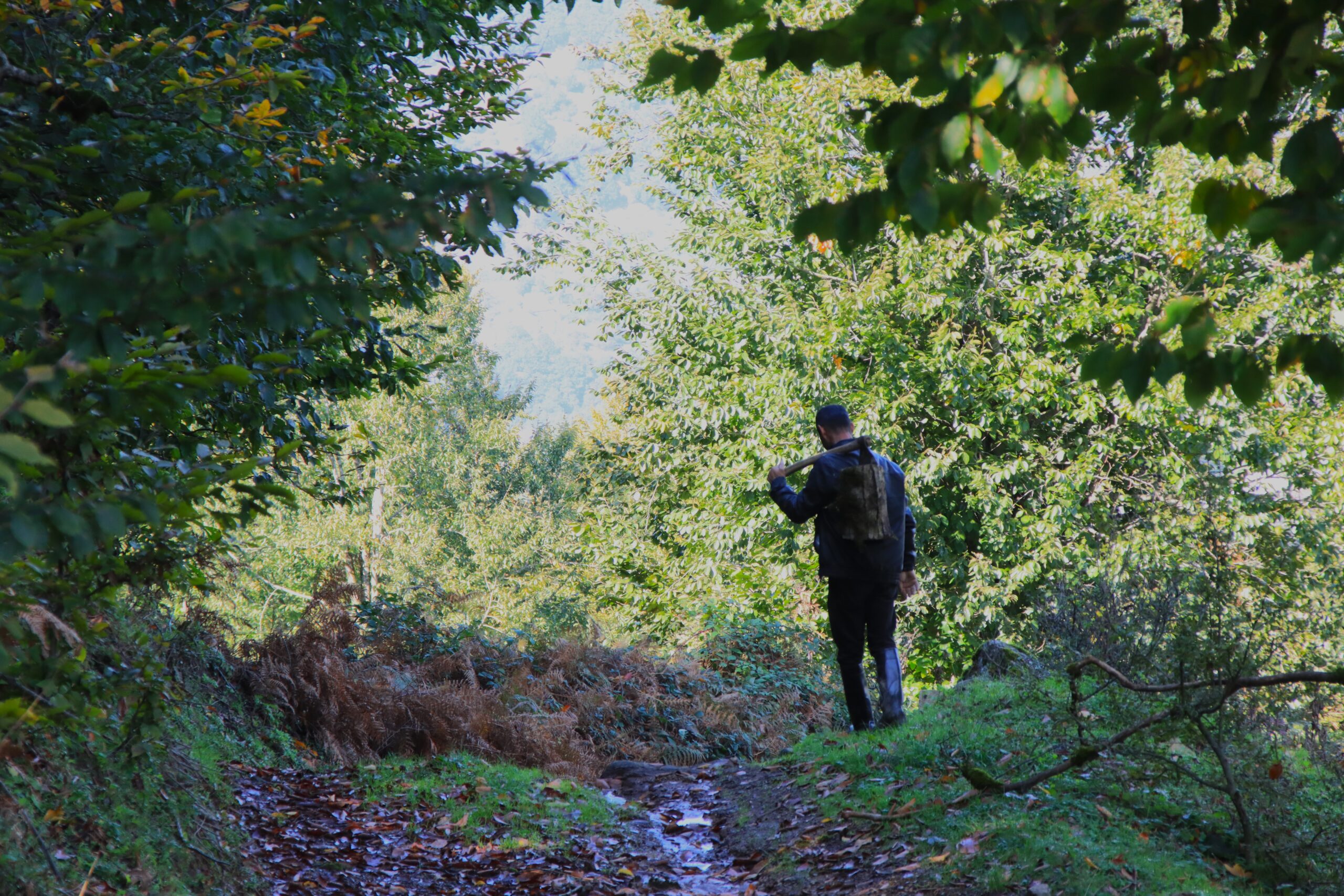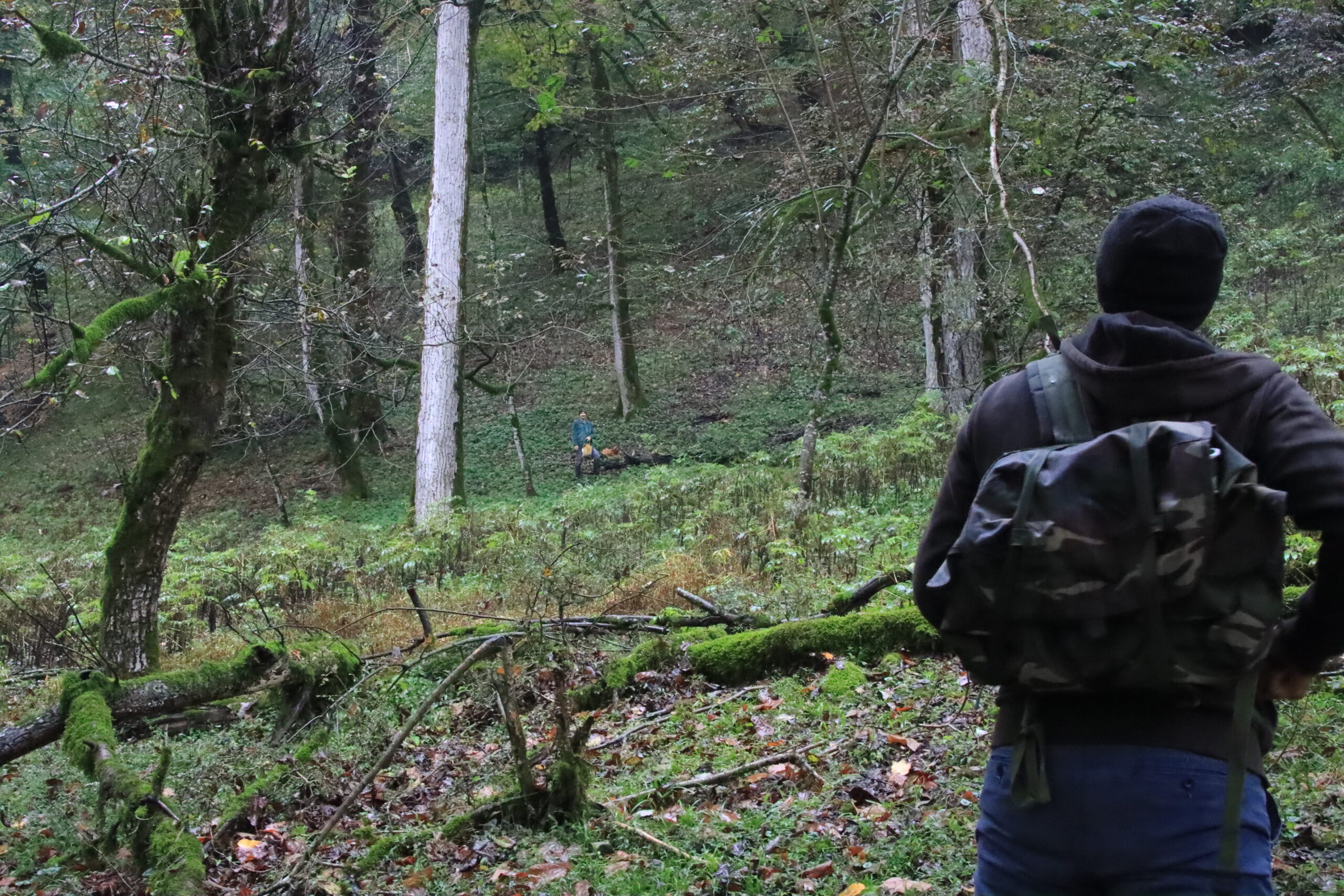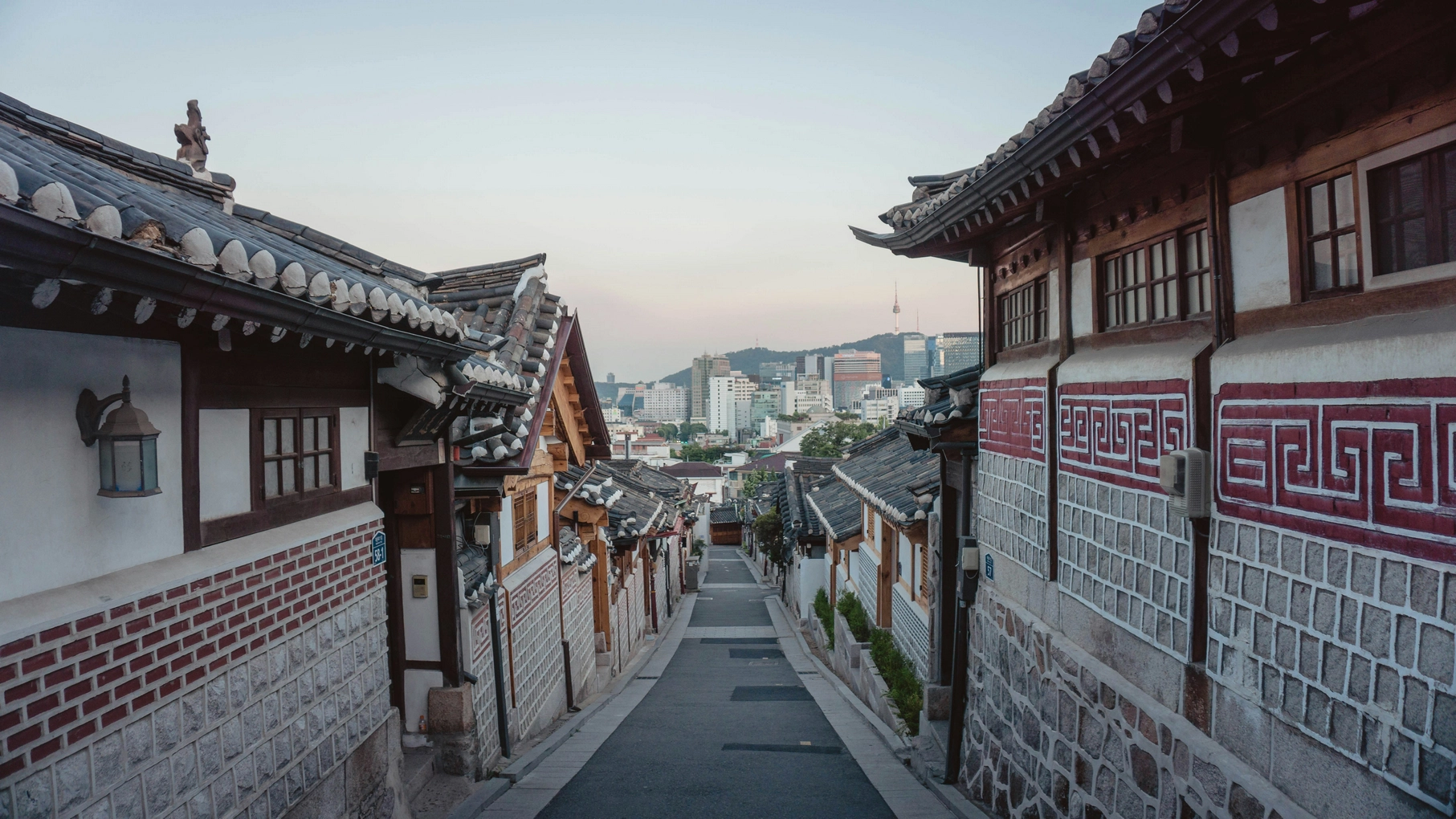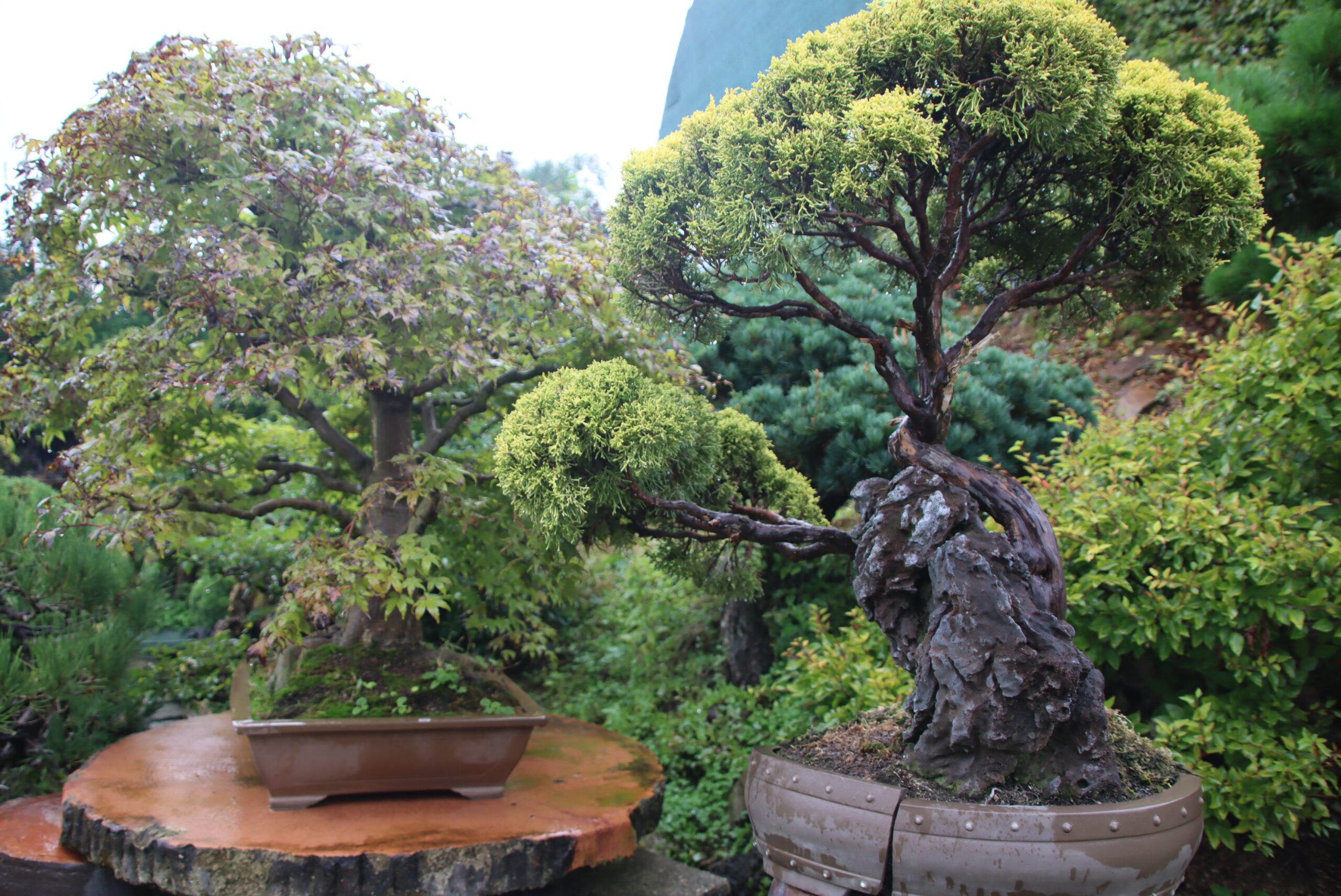There are many famous mountain ranges across the world, and many famous groups have called them home. But the Talysh people in their homeland which bears three names are not one of them. Known interchangeably as the Hyrcanian, Talysh, and Arborz mountains, this geological feature is a mini cradle of civilization, a bastion of rare wildlife, and one of those wonderful regions in the world where one can glimpse an older and simpler time mere hours from an international airport.
Along with a political border, Iran and Azerbaijan share the Talysh Mountains. Unique in the world, they bend from the south of Azerbaijan due south and then east across the border with Iran, hugging the Caspian Sea coastline as they go. Sporting a combination of climate, flora, and fauna unique in the world, they range was years ago designated a UNESCO Natural Heritage Site but was recently expanded. It’s home to the critically endangered Persian leopard, and the critically endangered Persian ironwood tree, along with other species including wolves and brown bears.
Among the trees and hills lie a people known also as the Talysh, a relatively indistinguishable people who are nevertheless key to the understanding of Azerbaijan’s history, and why it is that this small Caspian country belongs to itself, and not to Persia, Russia, or some part of a hypothetical Turkistan.
“The Talysh are a sedentary nation. Because the Azeri are nomads, they took our culture and adapted here,” said a local school teacher named Qadir, a Talysh man from a small town called Hamarmese. Qadir explained that as nomadic Iranians migrated north, they used the knowledge of the Talysh to settle in the area.
The Talysh knew how to work the land, which was something the nomads needed to understand as the Iranian chapter of the historical settlement of the country known today as Azerbaijan took place in the city-state of Shirvan in modern-day Baku, ruled by men who called themselves Shahs, in clear connection to their Iranian heritage.
But while Shirvan grew in power and influence, built castles, and raised armies to protect their lands, the Talysh continued their mountainous existence in peace, and travelers will find no opportunities to explore fortresses along the peaks and valleys. Instead, subsistence farming and animal husbandry are still the main practices in this peaceful, quiet region.
The region itself makes for a characteristic visit. Small cities like Lankaran and Leric typify rural Azerbaijan—a vast area of hospitable and courteous people at income levels shockingly below that of the capital city. They give access to a variety of rich natural scenery enjoyable on foot, on horseback, or via offroad vehicle; lush citrus orchards, biodiverse forests, and handsome hikable mountains crisscrossed by countless tracks of sheep and goat, pastured for milk and eventually for their meat on the rich grasses.
What does it mean to be Talysh?
It’s easy to find out what it means to be a Basque, and why they consider themselves different from the Spanish. But aside from being born to Talysh parents in Talysh lands, the difference between a Talysh and an Azeri isn’t immediately clear to the traveler.
“There was not always a good relationship before. In the period before the Second Qarabaq War, in the 90s, the representative of the Talysh in the government wanted [the region] to become an autonomous republic, but he could not achieve it,” said Qadir, who said for him, being Talysh is more about community and self-identification rather than distinguishable cuisine, dress, dances, or anything that might be considered indicative of an independent culture.
The Talysh people have their own language, however, and while modernity continues to connect city-dwelling majority cultures with ethnic minorities in border regions of countries across the world, language is therefore and often the most tangible link to a people’s past.
But Qadir says that the Talysh distinguished themselves in the Second Nagorno-Karabakh War such that many feel a greater connection to the nationalist identity that currently grips the country.
Perhaps equally tangible to the Talysh is their connection to the landscape of their ancestors. Ranging from a few hundred meters to 2,000 meters above sea level, and from forests of oak, birch, hornbeam, and sycamores to bare rocky pinnacles, the Talysh Mountains are majestic and homely.
The men who live within like Qadir—and like Suleyman, a beekeeper from the tiny hamlet of Siov near the Iranian border, have seen the modern world and rejected it. Selling honey stored in steel milk canisters on the streets of busy Baku, transported there on horseback before anything with four wheels, Suleyman has been to the capital many times.
But he chooses to stay deep in the woods, where cattle are occasionally poached by leopards, where he has to keep his phone propped up against the highest part of the wall to receive cell signal, and where mud from the ample rains can take weeks to fully dry out into the dirt path 6 kilometers long it takes to reach the nearest village road and bus.
Yet as is so often the case with the wilds, they make men into gentlemen, and the hospitality, or at the very least, the courtesy, of the Talysh is as tangible as the mountain air they breathe and the language they speak—perhaps their clearest claim to cultural heritage. WaL
PICTURED ABOVE: Suleyman the beekeeper looks pensive under the 30th hour of autumn rainfall in the Talysh Mountains. PC: © Andrew Corbley
